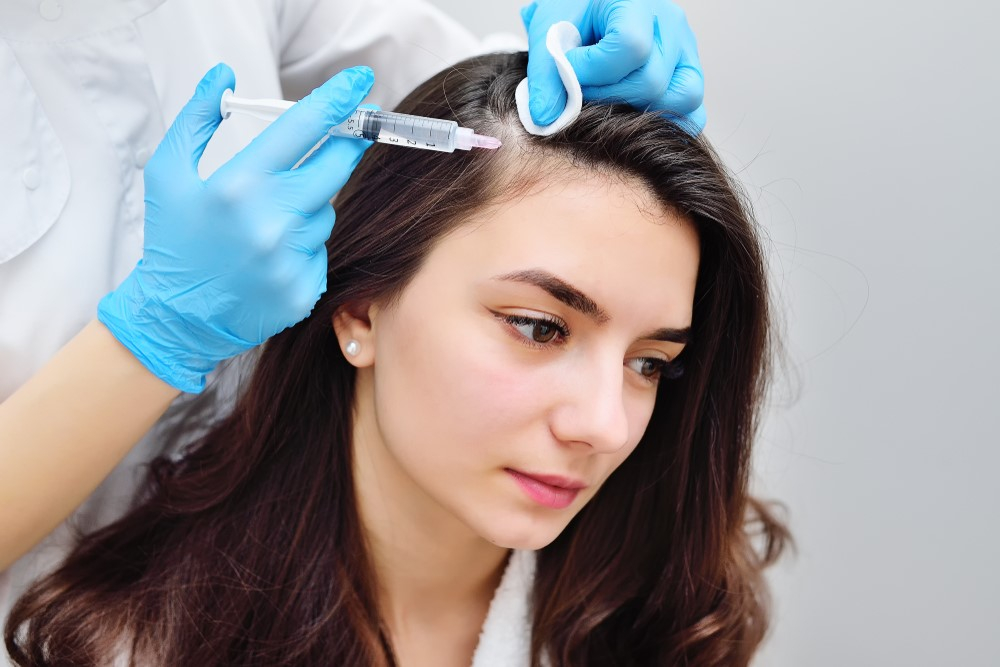PRP (Platelet Rich Plasma) stands for platelet rich plasma. PRP, rich plasma injection is widely used in cardiac surgery, orthopedics, urology, skin and hair treatments. Platelets are mostly ineffectively circulating blood elements during the blood circulation. It only performs its main function in the formation of wounds or tissue damage, and performs blood coagulation and wound healing. Here is what you need to know about PRP treatment for hair loss.
Effects of PRP treatment
Since the platelets used in PRP treatment contain a large number of growth factors, it is used in the treatment of many different diseases because it activates cellular proliferation, collagen production, hyaluronic acid production, epidermal cell growth, angiogenesis-like systems.
Today, the activation of platelets has been made using chemical materials such as calcium chloride, collagen, peptide, ADP, and thrombin. Coagulation of the blood with the support of additional chemical material may cause an allergic reaction and some side effects.
Hair loss treatment with PRP
PRP treatment has also been widely used in recent years to accelerate the recovery period after hair loss and hair transplantation.
The produced PRP material is injected into the areas with hair thinning using fine-tipped injectors. Thus, it is aimed to revitalize the hair follicles, thicken the hair strands and increase the density of the hair. It may be necessary to repeat at least 2-3 sessions for PRP injections to be effective in the treatment of hair loss. The interval between sessions should be approximately 3 weeks.
Things to consider before PRP treatment
- If you are taking any blood thinners, you should inform your doctor, as this may be a contra-indication to treatment.
- If possible, avoid smoking for three days before treatment to reduce the side effects of smoking.
- Do not use aspirin or any other medication 5 days before application.
- Apart from this, you should also get information from your doctor about other prescription drugs that you have to use every day, including heart and blood pressure medication.
- Do not consume alcohol for three days before PRP treatment.
- Have a regular breakfast on the morning of the treatment, and take care to consume plenty of water until two hours before the treatment.
How it works
Plasma is the liquid part of your blood that consists mostly of water and protein. It keeps red and white blood cells and platelets moving through your bloodstream. Platelets are a type of blood cell that enables blood clotting.
They also play a role in healing. To collect the plasma, a doctor draws blood from your body and uses a machine to separate the platelet-rich plasma from the rest of the blood. Then the doctor numbs the area of your body that was treated with PRP injections.
After numbing, the doctor uses a needle to inject your plasma into the treated area of your body. PRP injections usually take about 30 minutes, but it depends on the area you are targeting. Once platelets enter the area being treated, they break down and release growth factors, which are compounds that help cells repair and regenerate. This is thought to trigger your body’s healing process.
At least 2-3 sessions of PRP treatment may be required. The time between sessions is about 3 weeks. Repeating the PRP treatment once a year ensures the increase and continuity of the effect of the treatment. In order for PRP supported hair transplant treatment to be highly effective and successful, you can increase the quality of blood by staying away from addictive habits such as smoking and alcohol.

